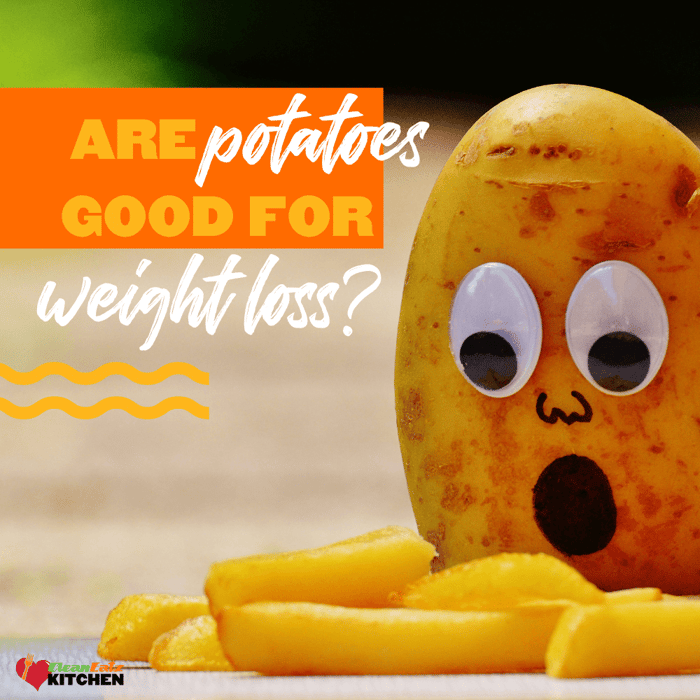Overcoming Weight-Loss Plateaus: A 2026 Playbook

Jason Nista
Nutrition
|
Weight Loss
09/30/2025 9:19am
5 minute read
Why plateaus happen (biology + math)
- Adaptive thermogenesis: As you lose weight, your body subtly reduces energy expenditure beyond what body-size changes predict. This is normal and helps explain slower loss over time.
- NEAT downshifts: You unconsciously move a bit less (fewer steps, less fidgeting)—shrinking calories out.
- Hormonal appetite responses: After weight loss, hunger signals can increase (e.g., lower leptin, higher ghrelin), making adherence tougher.
- Water, sodium & glycogen: Scale weight can mask fat loss. Each gram of muscle glycogen can carry ~3–4 g of water; salty meals and menstrual cycle shifts add to swings.
- Math reality: At a lighter body weight, your maintenance calories are lower. If you keep eating the original target, the deficit shrinks—loss slows or stalls.
First: confirm it’s a real plateau
- Log daily weight, use a 7-day average. A true plateau = no change in the weekly average for 2–3 weeks.
- Track food for 3–7 days (include weekends, liquids, bites/tastes). “Calorie creep” is common.
The plateau-fix checklist
- Recalculate your calorie target. Use the NIH Body Weight Planner to update maintenance and set a modest deficit (e.g., ~300–500 kcal/day). See our calorie-goal guide.
- Prioritize protein. Aim ~1.2–1.6 g/kg/day (or ~25–40 g per meal) to protect lean mass and manage hunger. See what counts as high protein.
- Lift 2–4×/week. Base sessions on big moves (squat/hinge/push/pull) to preserve muscle and resting energy expenditure. For carb timing ideas, see our post-workout carbs guide.
- Increase NEAT (non-exercise activity). Add +2,000–3,000 steps/day (walk breaks, stairs, chores) and 2–5 min “movement snacks” each hour. Small bits add up.
- Sleep 7–9 hours. Short sleep increases hunger and can blunt fat loss even in a calorie deficit. Protect bedtime and wake times.
- Audit portions & weekends. Weigh a few “problem” foods, pour sauces/oils carefully, and check Friday–Sunday intake.
- Consider a brief “diet break.” 1–2 weeks at estimated maintenance calories can ease hunger/fatigue and may improve adherence. Evidence is mixed; it helps behaviorally for many.
- Still stuck? Talk to your clinician about anti-obesity medications or (in higher-risk cases) bariatric surgery. Meds work best with nutrition/strength habits; plateaus can still occur as your body adapts.
A simple 2-week reset plan
- Steps: Set a baseline (last week’s average), then add +2k/day. Use a tracker; try 10–12k if you enjoy walking (walking for weight loss).
- Food: Hit protein daily, fill the plate with produce, and use CEK meal plans to simplify adherence. See Nutrition Info for macros.
- Training: 3 full-body lifts/week + easy cardio on off-days.
- Sleep: Same lights-out and wake-time all 14 days.
- Monitoring: Daily weight (log in a habit/app), weekly average, and waist every 2 weeks. If the weekly average hasn’t moved after 2–3 weeks, adjust calories by ~100–200 kcal/day or add ~1–2k steps.
Prefer portions over counting? See portion control vs. calorie counting. Want digital support? Try our updated apps for tracking. For broader strategy, see the best weight-loss program.
FAQs
How long should I wait before changing calories?
Confirm a true plateau (2–3 weeks of flat weekly averages) before making a small adjustment.
Will a “refeed day” fix my metabolism?
Refeeds can replenish glycogen (and water), which may change scale weight—but they don’t “reset” metabolism. Use them for adherence/performance, not magic.
Should I switch to keto or intermittent fasting?
Any pattern that helps you sustain a calorie deficit and adequate protein can work. Choose the style you can stick with.
Do GLP-1 meds prevent plateaus?
They can powerfully reduce appetite and support loss, but the body still adapts over time. Good habits (protein, lifting, steps, sleep) remain essential.
References
- NIH Body Weight Planner and dynamic modeling of weight change. NIDDK.
- Adaptive thermogenesis overview and persistence after weight loss. Rosenbaum & Leibel, 2010.
- NEAT: how daily movement changes with energy balance. Levine, 2004.
- Hunger‐hormone changes after weight loss. Sumithran et al., 2011.
- Sleep & fat loss: insufficient sleep blunts adiposity reduction. Nedeltcheva et al., 2010.
- Glycogen binds water (~3–4 g per 1 g)—scale noise. Murray, 2018; Olsson & Saltin, 1970.
- Intermittent energy restriction (“diet breaks”) evidence. MATADOR RCT, 2018; Siedler et al., 2023 review.
- Protein for lean-mass retention during weight loss. ISSN Position Stand, 2017.
- Guidelines on anti-obesity meds alongside lifestyle. AGA, 2022.
- GLP-1 therapies & adaptation notes (2025 research). Cell Reports Medicine, 2025.
Links verified September 2025. Educational content only; not medical advice.
Related Articles
Are Potatoes Good for Weight Loss? Yes—Here’s How
4 minute read
Is Protein Powder Good for Weight Loss?
8 minute read



